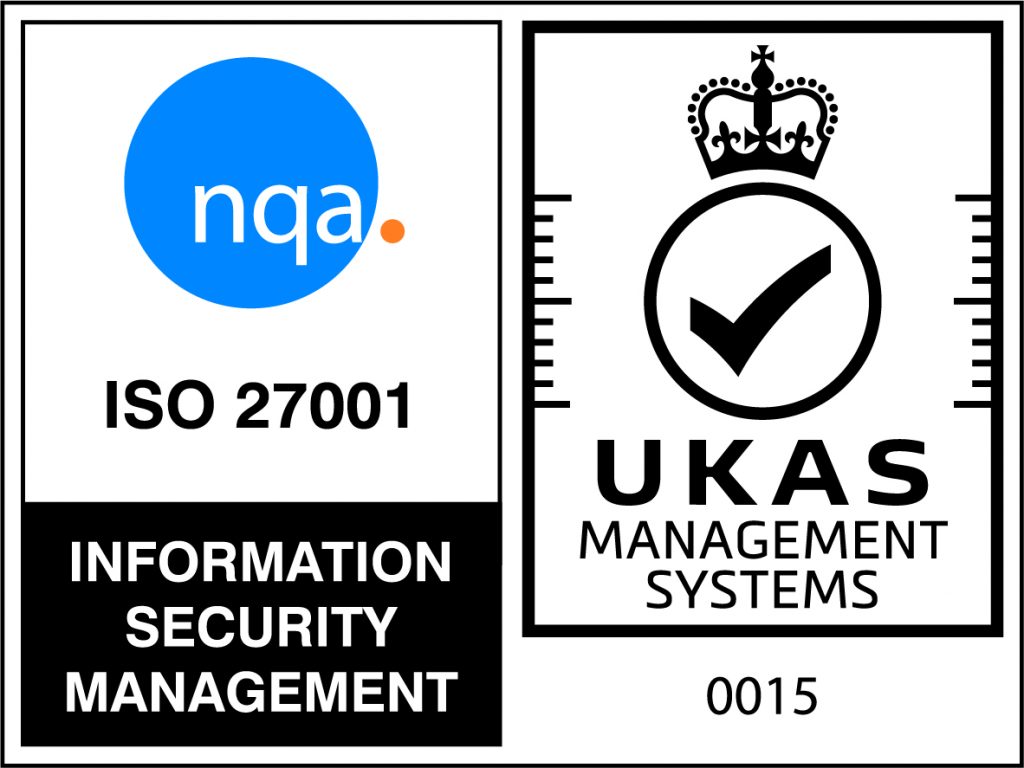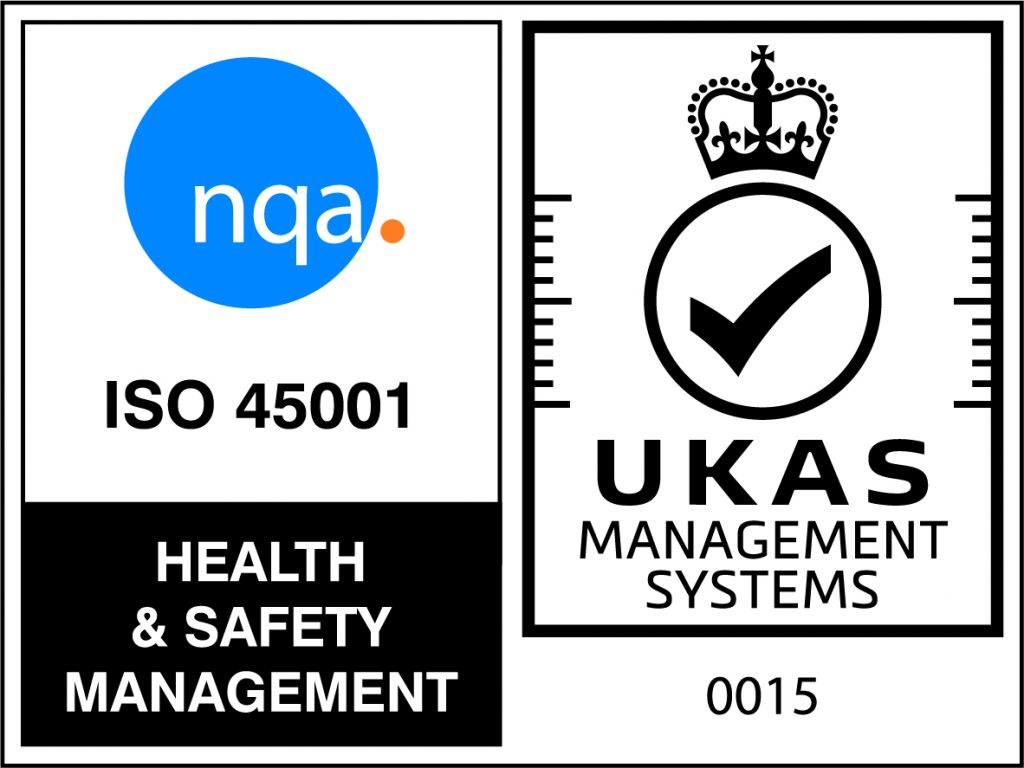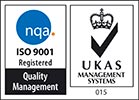FREE digital accessibility links, resources and other related information:
Digital accessibility is much more than just about compliance and it is important to realise this from the outset. You will also need to be aware that automatic web and mobile accessibility evaluation tools can only assist you with testing, simple fixes and reporting. It is for this reason we recommend that you combine automatic testing with manual checks, and include where possible disabled people and accessibility experts in your evaluation workflow.
Web accessibility testing and evaluation:
Introductory checks for those new to web accessibility
- Easy checks: for example, checking that images have alternative text (“alt text”) descriptions.
More advanced web accessibility testing and evaluation
- WCAG-EM Overview: Website Accessibility Conformance Evaluation Methodology
- WCAG-EM Report Tool: Website Accessibility Evaluation Report Generator
- Selecting web accessibility evaluation report tools: We recommend using multiple web accessibility evaluation tools together, such as:
- University of Southampton: Web2Access (the automatic review will generate an Accessibility Statement similar to the UK Government sample accessibility statement).
- WebAim WAVE
- Deque axe
- PowerMapper Accessibility Checker and Validator
- Tenon: Tenon Check (requires configuration and the use of a free API key from io)
- Web Accessibility Evaluation Tools List
- Free screen readers for desktop/laptop: NVDA
- The Paciello Group: Colour Contrast Analyser
- How to meet WCAG 2.1 (quick reference)
- Involving Users in Evaluating Web Accessibility
Mobile accessibility testing:
- Android and iOS (this includes the use of built in mobile screen readers).
PDF Accessibility:
PDF Accessibility Checker: PAC3 (for Windows only)
Microsoft Word (Office 365): Accessibility Checker













